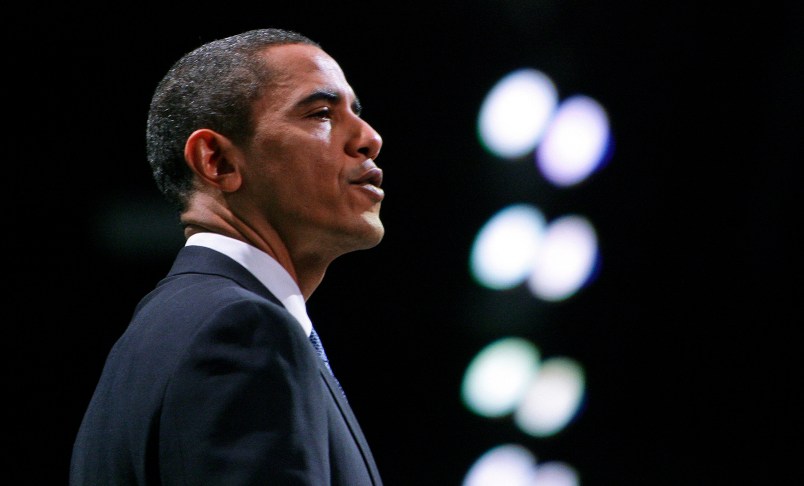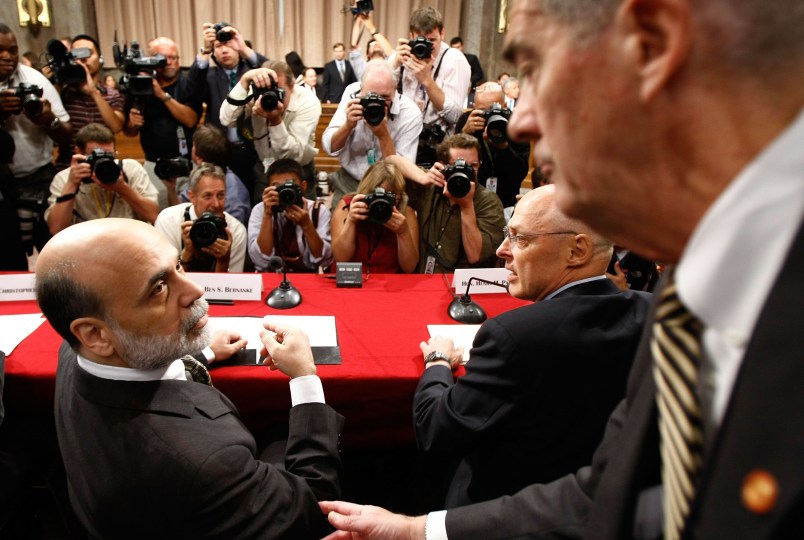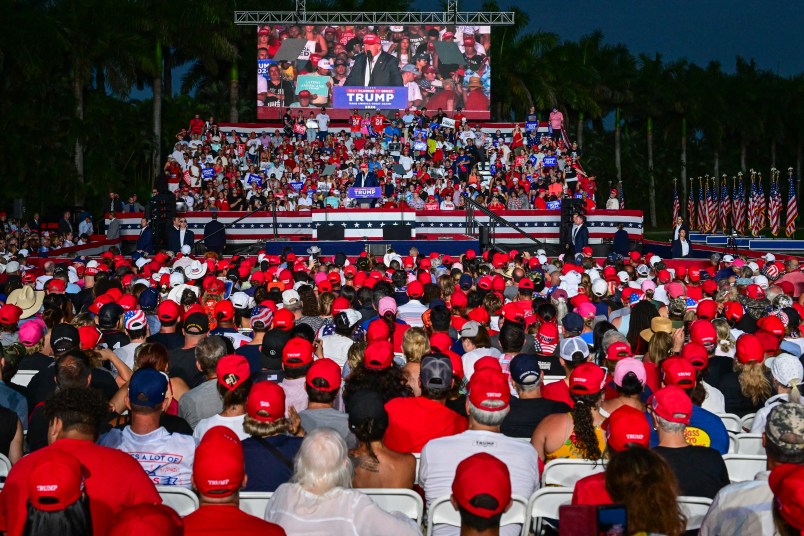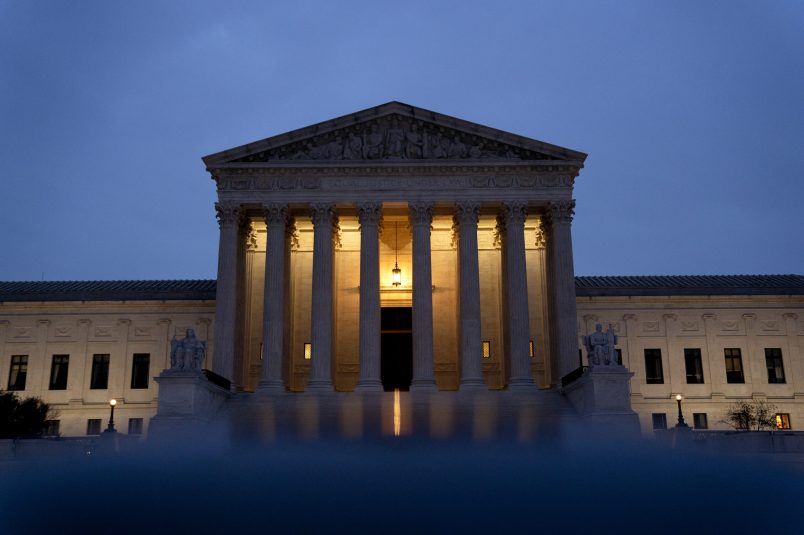On Monday, President Obama is expected to release proposed regulations to cut carbon emissions from existing power plants. Leaks to date suggest that the rules, which will cover 40 percent of total U.S. greenhouse gas emissions, will be ambitious and far-reaching, requiring cuts of approximately 20 percent from the electricity sector.
We can already anticipate outcries from Congressional Republicans and opponents of any carbon regulations that the President is engaging in a power grab, doing with executive power what Congress rejected when it failed to adopt 2009 legislation to establish a nationwide cap-and-trade program to cut greenhouse gases from the country’s large emitters. But Obama’s proposed rules are not a power grab. Nor are they an end run around Congress. Rather, the rules are reactive, a legally-required response to a petition filed when Bill Clinton was still president. I hope this part of the story — that Obama is following, not skirting or flouting, the law — gets highlighted in what is already a big press story.
Here’s the backdrop for those who don’t know it. In 1999, the International Center for Technology Assessment and a number of other non-profit organizations filed a petition with the Clinton EPA arguing that EPA should regulate greenhouse gases from automobiles under Section 202 of the Clean Air Act. In 2003, after George W. Bush became President, EPA denied the petition. A coalition of states and environmental groups then challenged the denial of the petition in the case that resulted in the landmark decision Massachusetts v. EPA. The Court held in Mass v. EPA that the agency erroneously denied the petition. The Court also ruled — and this is key — that greenhouse gases are an “air pollutant” as defined in the Clean Air Act and that EPA must decide whether, under Section 202 of the Act, greenhouse gases endanger public health and welfare. The Court’s ruling triggered a cascade of regulatory actions by EPA, all required by the Court’s substantive holdings. Here’s a chronology.
First, in response to the Court’s command, EPA issued a finding that greenhouse gases from automobiles (mobile sources in technical parlance) endanger public health and welfare. That finding was, importantly, made though not finalized during the Bush Administration.
EPA, in concert with the National Highway Transportation and Safety Administration, then issued greenhouse gas standards for automobiles. Those standards are known as the tailpipe rule and by 2025 will require cars to achieve, on average, fuel efficiency of 54.5 miles per gallon. The D.C. Circuit Court of Appeals has ruled that the tailpipe rule was required as a result of Mass v. EPA and the endangerment finding.
Once EPA issued the tailpipe rule, several other provisions of the Clean Air Act kicked in. One was the Prevention of Significant Deterioration provisions for new sources of greenhouse gas emissions. The rules issued under the PSD provision are currently at stake in Utility Air Regulatory Group v. EPA, pending in the Supreme Court. For an explanation of what is at stake in the UARG case, see here and here.
The other signifiant Clean Air Act provision triggered by Mass v. EPA and the tailpipe rule was Section 111. Section 111, and more specifically Section 111d, is the section that is the basis for the electricity sector rules that will be issued on Monday.
EPA must issue Section 111 rules under the following circumstances: for “any air pollutant (i) for which air quality criteria have not been issued or which is not included on a list published under Section 108(a) or 112(b)(1)(A)”. Remember that Mass v. EPA ruled that greenhouse gases are air pollutants under the Clean Air Act. EPA has not issued air quality criteria for greenhouse gases nor are the gases included “on a list published under Section 108(a) or 112(b)(1)(A).” Therefore Mass v. EPA, in finding that greenhouse gases are air pollutants, requires EPA to regulate the pollutants under Section 111. The first step under Section 111 is to issue rules for new power plants. EPA issued proposed rules for power plants (known technically as “electric generating units”) in September, 2013. Once the rules for new power plants are issued, EPA must, under Section 111(d) of the Act, require states to issue plans establishing “standards of performance” for existing plants. Those are the proposed rules that will be issued on Monday.
It is true that EPA has a significant amount of discretion in deciding what the substance of the rules for existing power plants will be (the statute merely directs EPA to issue “standards of performance”). From early accounts it appears that President Obama will issue fairly aggressive rules, but ones that are designed to maximize flexibility both for states and for power plants in complying with the rules. But it is important to be clear here: the President is required to issue the rules, required by law and by the interpretation of the law by the highest Court in the land.
Ann Carlson is the Shirley Shapiro Professor of Environmental Law and the co-Faculty Director of the Emmett Institute on Climate Change and the Environment at UCLA School of Law. Professor Carlson is one of the nation’s leading scholars of climate change law and policy. This post was originally published on Legal Planet.










How dare he follow the law! The nerve of that Kenyan, socialist, fascist, nestorian, hitler-stalin babykilling shark! Or something!
Strong post follows!
I recently heard he was a capitalist too! The nerve!
It’s as if he thinks he’s an actual real president or somthin’. It just burns me up.
This Sunday’s talk shows will be all about the resignation of the VA head. But the following Sunday the new climate change rules will be front and center…and how much do you want to bet that not one of the talk show talking heads mentions the fact that the President is following a legal requirement in the Clean Air Act?